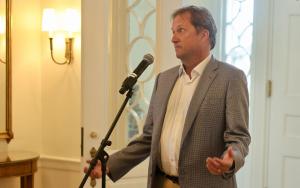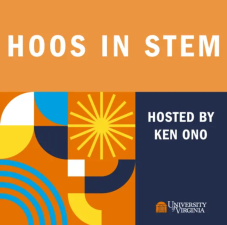Scott T. Acton

About
Professor Acton’s laboratory at UVA is called VIVA - Virginia Image and Video Analysis. They specialize in biological image analysis problems. The research emphases of VIVA include machine learning for image and video analysis, AI for education, tracking, segmentation, and enhancement. Professor Acton has over 325 publications in the image and video analysis area. His recent professional service includes Editor-in-Chief of the IEEE Transactions on Image Processing and General Co-Chair of the IEEE International Symposisum on Biomedical Imaging.
Education
B.S. Electrical Engineering, Virginia Tech, 1988
M.S. Electrical Engineering, The University of Texas at Austin, 1990
Ph.D. Electrical Engineering, The University of Texas at Austin, 1993
"To me, the most curious thing of all is incuriosity. I just don't get it. "
Research Interests
Selected Publications
Courses Taught
Awards
Faculty Spotlight: Machine Learning in Image Analysis

Scott T. Acton, American Telephone and Telegraph Company Professor and chair of electrical and computer engineering, discusses his research group's work on image and video analysis using machine learning.




